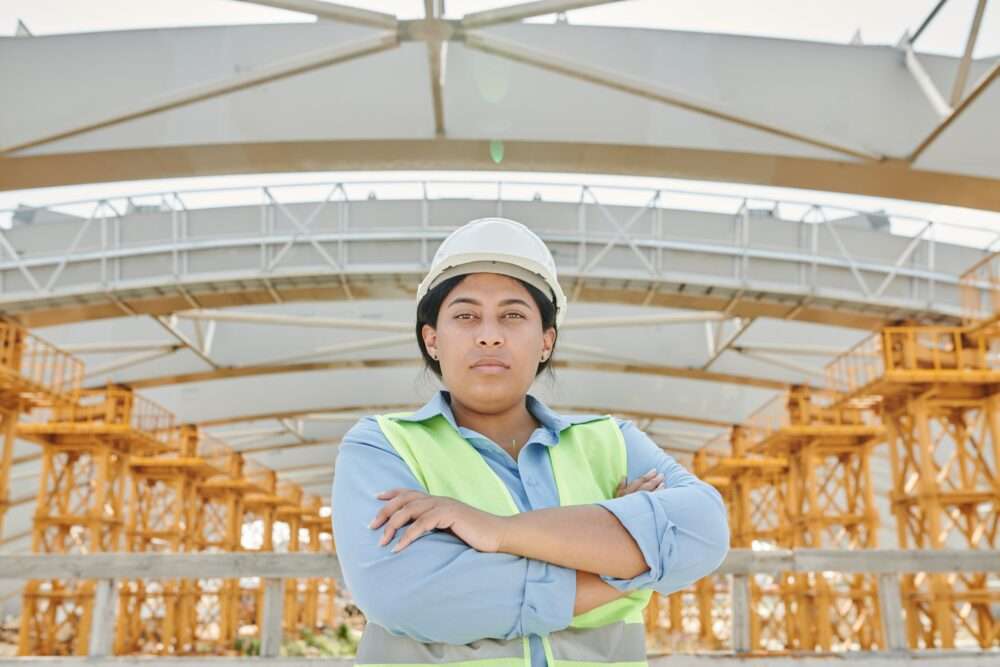The impact of working from home on cities in the future
The impact of working from home on cities in the future,
The “Covid-19” epidemic has affected global beliefs and changed a lot of our view of the future, and we now have to accept the idea of going to work again and connecting with colleagues face to face.
Without a doubt, life will never be the same as we knew it, and now some people are asking, “Do we need cities?”
The impact of the “Covid-19” epidemic on work and life
When the epidemic began, many residents of large cities fled from their small apartments,
to suburbs and rural areas, which offered more space and distance from strangers.
American cities have experienced a rapid mass exodus away from the high-density lifestyle.
As a result, downtown areas may resort to development to entice businesses to stay,
and this will greatly affect the continued development of commercial buildings,
residential projects and even mass transit solutions for the coming decades.
Allowing jobs located in certain regions to move to new states for better opportunities resulted from mass industrialisation after World War II.
This has also led to the creation of developed cities,
or new commercial and entertainment districts in areas previously designated as residential neighbourhoods.
Residents settled where their businesses were, which led to increased urbanisation and the need for motorised travel.
This is why people feel that their lives are always connected to their jobs,
as the vast majority of people prefer to live near their workplace.
When the world became completely virtual, this trend was turned upside down,
and companies immediately turned to remote work.

Future city trends
With the trend of many businesses becoming remote work,
the trend of cities is becoming urban hotels where residents come and go more frequently.
Suburbs will also need to evolve through the creation of more housing and amenities that the city centre has long offered.
The suburbs of the future may be seen as less boring,
and may become more desirable, especially for younger generations.
The architecture of the future will become more vibrant than ever,
and transportation systems will return to normal operation.
However, the labor market will not be able to return residents to cities as it once did,
and the prediction that most of the world will live in cities by 2050 will not be correct.

The pandemic has made the world rediscover its needs
It has made us take on habits and dispense with others, and it has also given us new ways of living and working.
The pandemic made us resort to new and updated architectural designs,
and ideas that serve the idea of social distancing even after the pandemic recedes and ends.
It also made us make sure that we would not go back to our previous lives easily,
as the epidemic assured us that there are things in life that we can easily do.
The epidemic assured us that architectural designs can be changed and created to suit our needs and the conditions of our lives.






